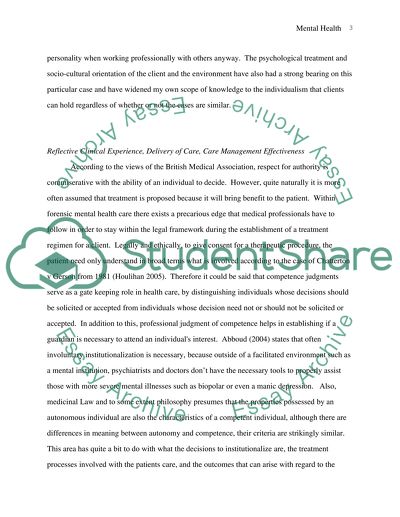Cite this document
(“A Critical Reflection of Forensic Practice Placement Research Paper”, n.d.)
A Critical Reflection of Forensic Practice Placement Research Paper. Retrieved from https://studentshare.org/health-sciences-medicine/1518522-a-critical-reflection-of-forensic-practice-placement
A Critical Reflection of Forensic Practice Placement Research Paper. Retrieved from https://studentshare.org/health-sciences-medicine/1518522-a-critical-reflection-of-forensic-practice-placement
(A Critical Reflection of Forensic Practice Placement Research Paper)
A Critical Reflection of Forensic Practice Placement Research Paper. https://studentshare.org/health-sciences-medicine/1518522-a-critical-reflection-of-forensic-practice-placement.
A Critical Reflection of Forensic Practice Placement Research Paper. https://studentshare.org/health-sciences-medicine/1518522-a-critical-reflection-of-forensic-practice-placement.
“A Critical Reflection of Forensic Practice Placement Research Paper”, n.d. https://studentshare.org/health-sciences-medicine/1518522-a-critical-reflection-of-forensic-practice-placement.


